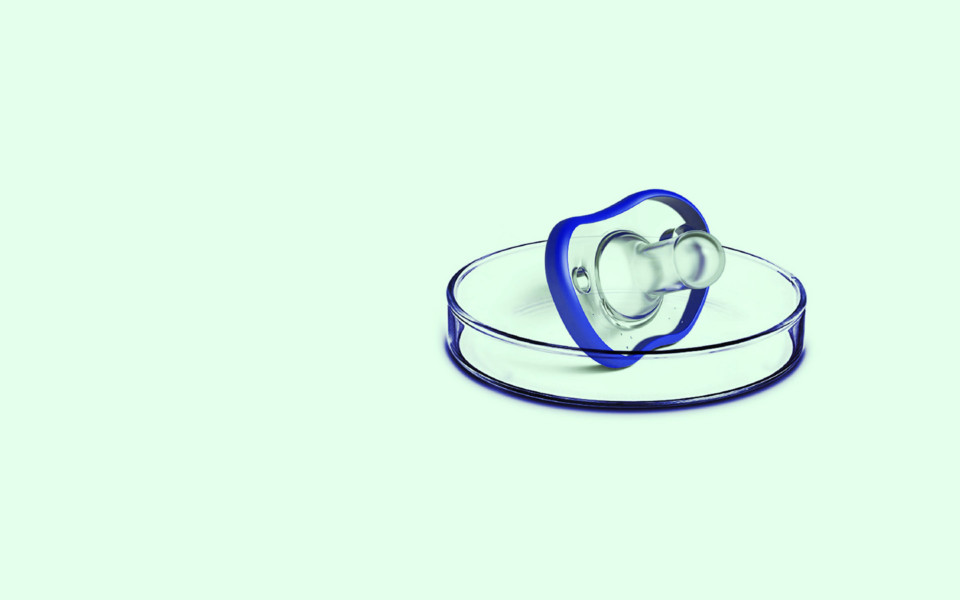From IVF to Gene Surgery
The first “test-tube baby” is now more than 40 years old, and all is well with her. Millions more babies have followed by means of in vitro fertilization, or IVF. Today we have hands-on access to the very genes that make us who we are, opening the window to a whole new era of reproductive interventions.
In the 1820s, medical doctors first began to understand the workings of the stomach. But with no X-rays or ultrasound available back then, their window into digestion was literally that. They watched what happened in the stomach through a hole in someone’s torso, a hunter’s gunshot wound that hadn’t healed properly.
Discovering how human conception and development work, and recognizing the potential to intervene in the process, followed a more sophisticated path. Over the last century, embryologists explored the beginnings of human life not through a window in the uterus but in a petri dish under a microscope. They went on to master the art of in vitro (“in glass”) fertilization, or IVF, by manipulating eggs and sperm outside the body.
In July 1978, Louise Brown became the first IVF-conceived embryo to be born. “What I couldn’t possibly know as I was screaming away,” Brown wrote in her 2015 autobiography, “. . . was that the mere fact that I had been born was one of the most important moments in world history.”
That was over 40 years ago. Since then, becoming masters of IVF has done more than help individuals and infertile couples begin families; it has made real what were once only imagined possibilities. Today, as we combine IVF procedures with an expanding knowledge of not only the human genome but also gene-editing tools, new and previously unimaginable options have opened: before an IVF embryo is implanted in a womb, we can now alter it genetically.
Jennifer Doudna, the Berkeley biochemist who codiscovered the CRISPR-Cas9 gene-editing technology, told Vision in 2016: “We are not going to do anything overnight. But the big-picture view is that we have the tools to change our DNA and change the things that we are passing on to future generations. And now we can make those decisions. That is a profound thought.”
And so it is. How did we arrive where we are today?


